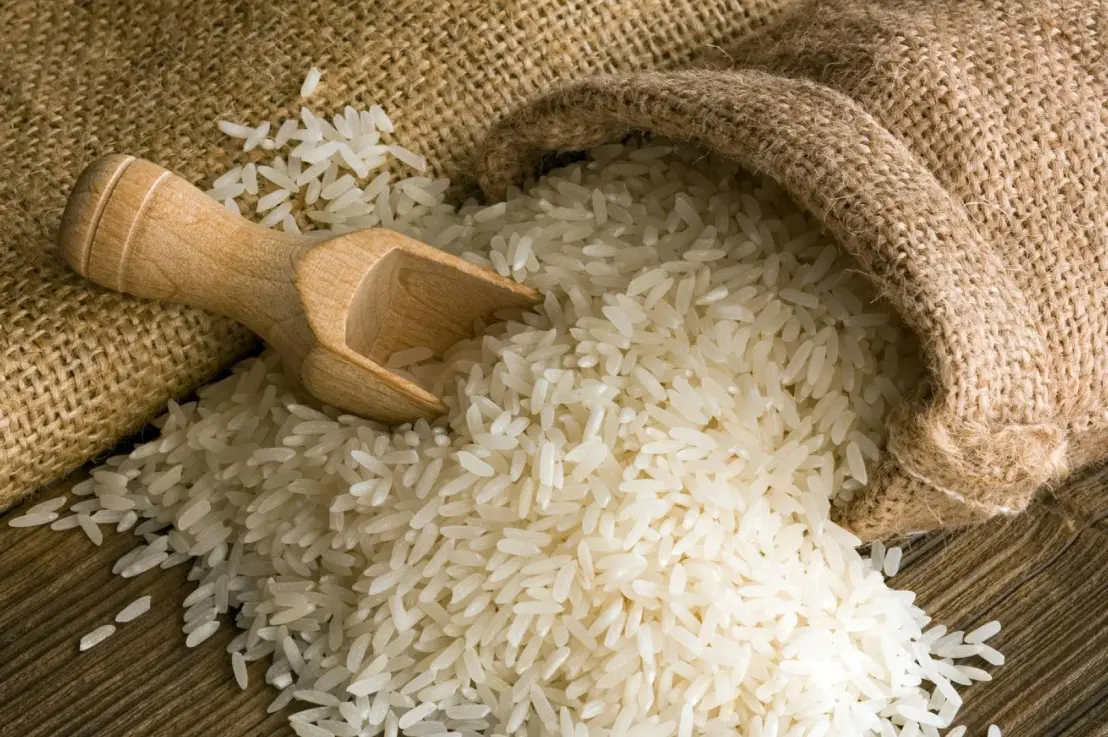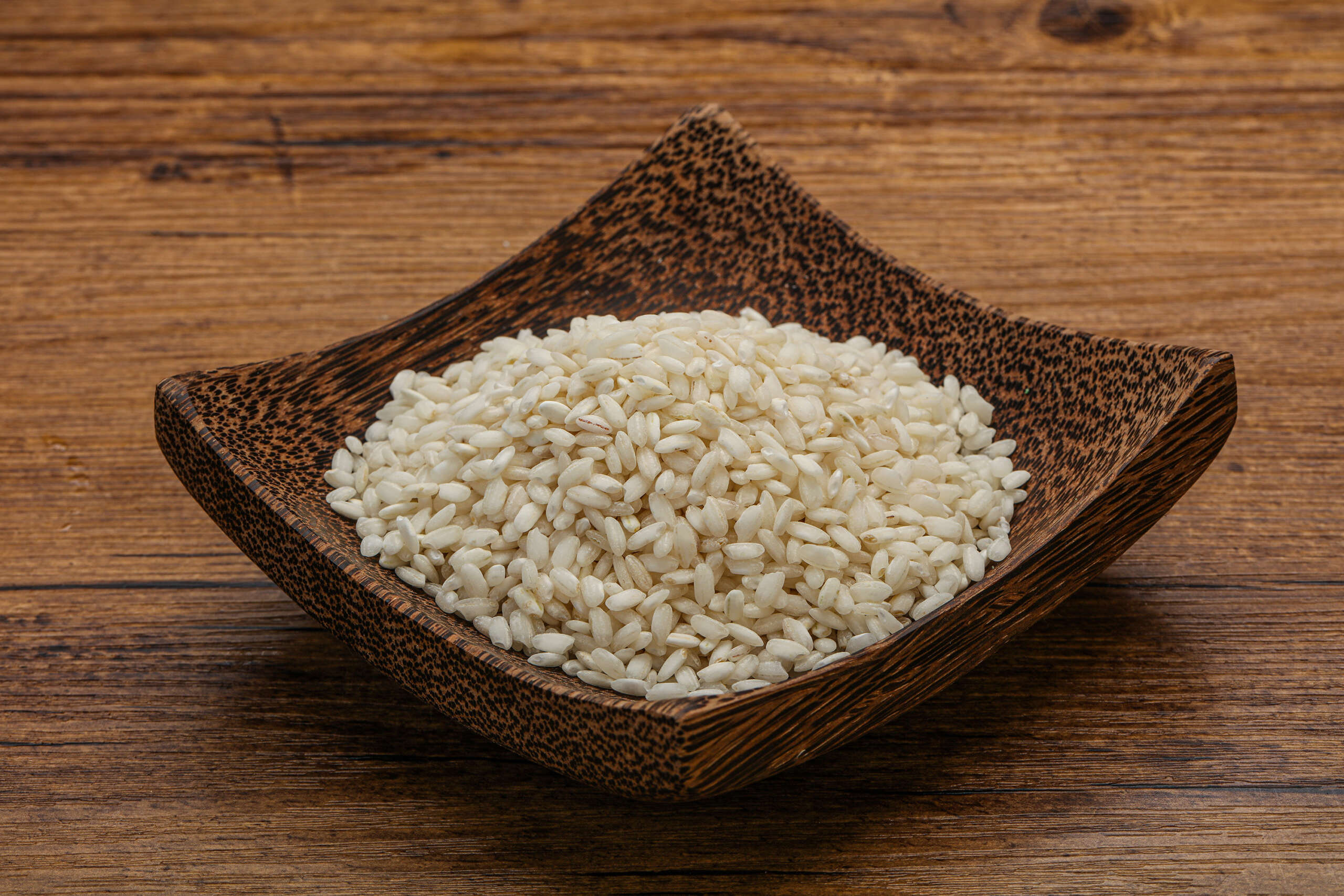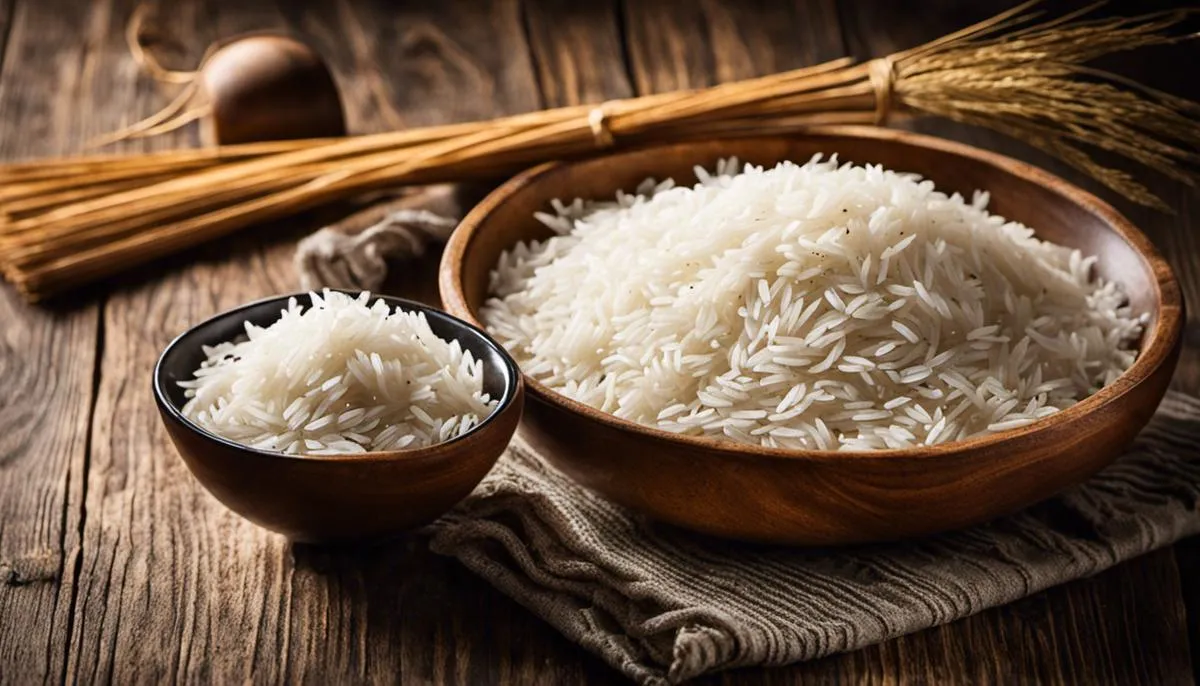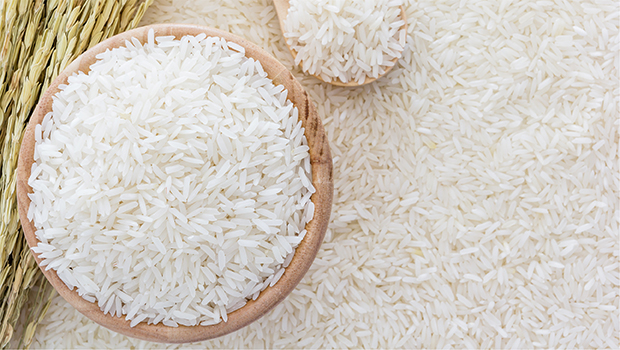In the landscape of global food distribution, rice remains a staple commodity with an ever-growing demand. The USA, despite being a nation with diverse food preferences, showcases a significant appetite for rice.
This burgeoning market paves the way for a crucial discussion about rice distributors in the USA, with a special emphasis on key players like AKC Commodities. In this blog, we delve into the world of rice distribution, exploring the role of rice importers, the significance of organic rice suppliers, and the evolving market dynamics.
The Importance of Rice in the American Diet
Rice is not merely a dietary staple; it’s a cultural bridge that connects various communities within the USA. From traditional American dishes to Asian, Latin, and African cuisines, rice finds its place at the heart of numerous meals. The versatility and nutritional value of rice contribute to its high demand. According to recent data, the average American consumes around 26 pounds of rice annually, underscoring the need for efficient and reliable rice distributors.
AKC Commodities: A Leader Among Rice Distributors in the USA
AKC Commodities stands out as a prominent name in the rice distribution industry. Their extensive network and commitment to quality make them a preferred choice for many retailers and consumers. AKC Commodities specializes in importing high-quality rice from various parts of the world, ensuring that the American market has access to diverse and premium rice varieties.
The Role of Rice Importers in the USA
Rice importers in the USA play a pivotal role in meeting the domestic demand that local production cannot satisfy. The USA imports rice primarily from Asian countries, including Thailand, India, Vietnam, and Pakistan, which are known for their superior rice quality. Importers like AKC Commodities bridge the gap between international producers and American consumers, ensuring a steady supply of this essential grain.
Key Responsibilities of Rice Importers:
- Sourcing Quality Rice: Ensuring that the rice sourced meets stringent quality standards and is free from contaminants.
- Navigating Regulations: Complying with the FDA and other regulatory bodies’ guidelines to ensure that imported rice is safe for consumption.
- Logistics and Distribution: Efficiently managing the supply chain to maintain the freshness and quality of rice during transportation and storage.
The Rise of Organic Rice Suppliers
With increasing health consciousness and a shift towards sustainable living, the demand for organic rice is on the rise. Organic rice suppliers are critical in this segment, providing rice that is grown without synthetic fertilizers, pesticides, or genetically modified organisms (GMOs). Consumers are willing to pay a premium for organic rice, which is perceived as healthier and environmentally friendly.
Benefits of Organic Rice:
- Healthier Option: Free from harmful chemicals, organic rice is a safer choice for health-conscious consumers.
- Environmental Sustainability: Organic farming practices promote soil health, reduce pollution, and conserve water.
- Better Taste and Nutritional Value: Many consumers report a superior taste and higher nutritional value in organic rice.
Market Dynamics and Trends
The rice market in the USA is influenced by several factors, including consumer preferences, international trade policies, and advancements in agricultural technology. Here are some notable trends:
- Increasing Demand for Specialty Rice: Varieties such as basmati, jasmine, and sushi rice are gaining popularity, driven by the diverse culinary tastes in the USA.
- Focus on Sustainability: Both consumers and businesses are prioritizing sustainability, leading to a rise in demand for organic and ethically sourced rice.
- Technological Advancements: Innovations in rice farming and processing are improving yield and quality, which benefits both domestic producers and importers.
Challenges Faced by Rice Distributors
Despite the promising market, rice distributors encounter several challenges:
- Regulatory Hurdles: Importers must navigate complex regulations and trade policies, which can impact supply chains.
- Quality Control: Maintaining consistent quality, especially with imported rice, requires stringent quality control measures.
- Market Competition: The rice distribution market is highly competitive, with numerous players vying for market share.
AKC Commodities’ Approach to Overcoming Challenges
AKC Commodities has established itself as a trusted name by adopting a strategic approach to tackle these challenges:
- Robust Quality Assurance: Implementing rigorous quality checks to ensure that only the best rice reaches consumers.
- Strong Supplier Relationships: Building long-term relationships with reputable international suppliers to ensure a steady supply of high-quality rice.
- Sustainable Practices: Embracing sustainability by sourcing organic rice and promoting environmentally friendly practices.
Conclusion: The Future of Rice Distribution in the USA
The future of rice distribution in the USA looks promising, with a growing emphasis on quality, sustainability, and diversity. Companies like AKC Commodities are at the forefront, driving innovation and meeting the evolving demands of American consumers. As the market continues to expand, the role of rice importers and organic rice suppliers will become increasingly vital, shaping the way we consume this essential grain.
In summary, the rice market in the USA is dynamic and full of opportunities. Whether you are a retailer, a consumer, or a business looking to enter this market, understanding the landscape and partnering with reliable distributors like AKC Commodities can pave the way for success. As we move forward, the focus on quality, sustainability, and diversity will continue to define the future of rice distribution in the USA.






Leave A Comment